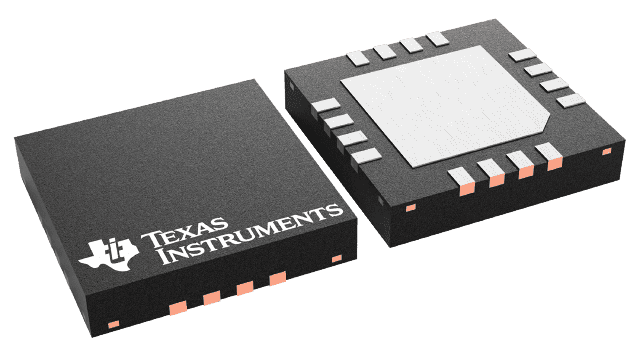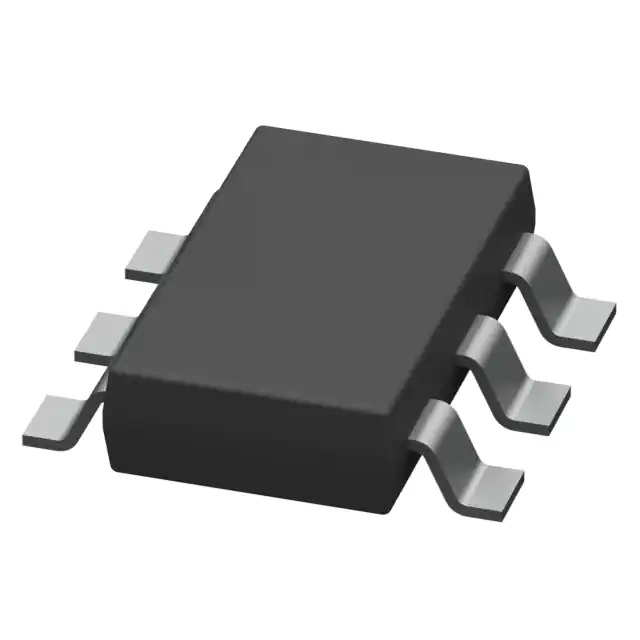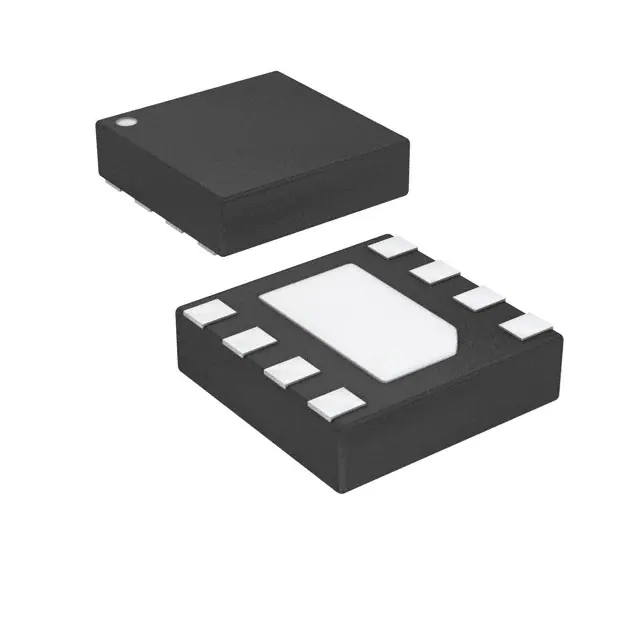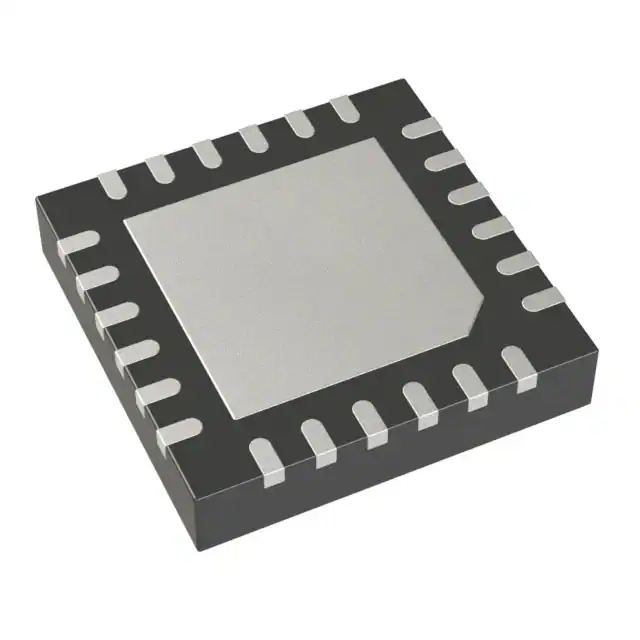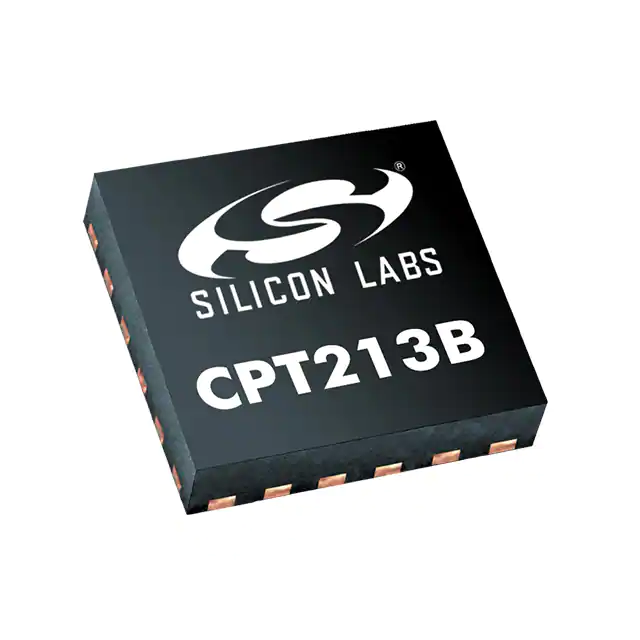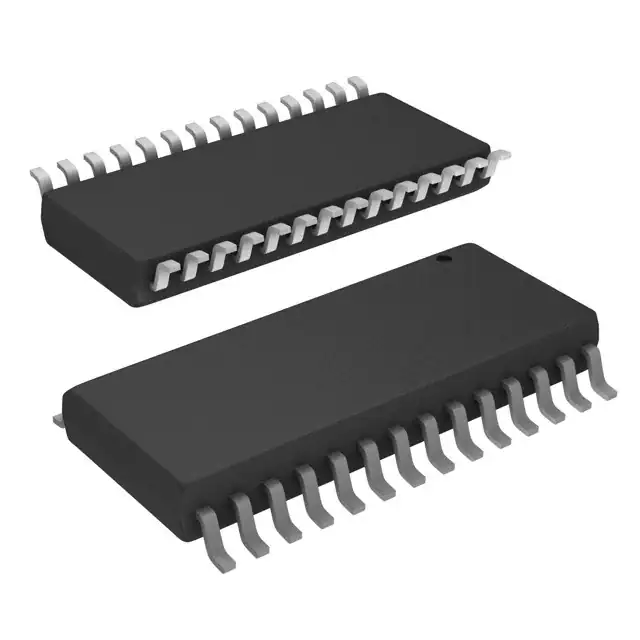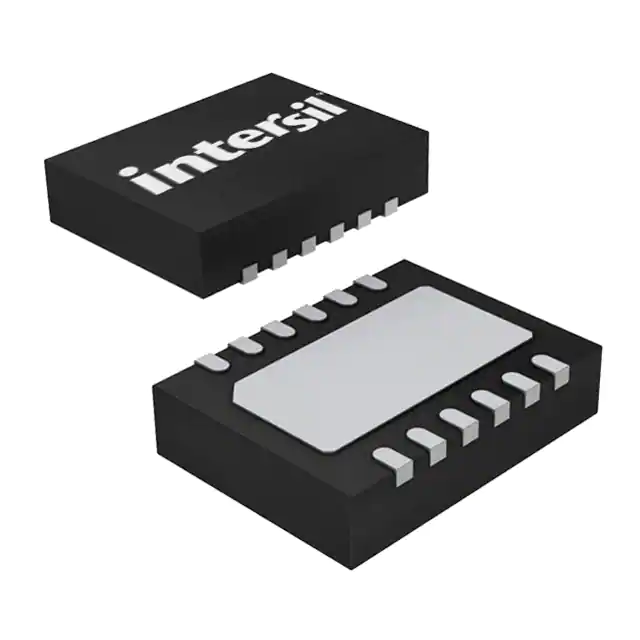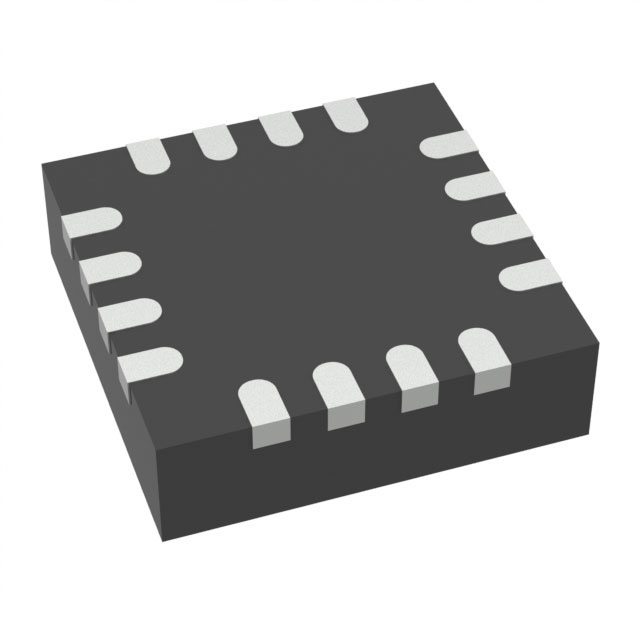Images are for reference only , Please refer to the product datasheet
FDC2214QRGHRQ1
16-WQFN (4x4) 4-Ch, 28-bit, automotive capacitance to digital converter
Manufacturer:
Manufacturer NO:
FDC2214QRGHRQ1
copy
Product SN:
10463-FDC2214QRGHRQ1
copy
Package/Case:
WQFN (RGH)-16
copy
Manufacturer Lead Time:
12 Weeks
copy
Datasheet:
Detailed Descripition:
Capacitive Touch Proximity Detector 16-WQFN (4x4)
copy
Product Application Field:None
Product Application Field:None
Environmental & Export Classifications
RoHS Status
ROHS3 Compliant
Moisture Sensitivity Level (MSL)
3 (168 Hours)
REACH Status
REACH Unaffected
ECCN
EAR99
HTSUS
8542.39.0001
Documents & Media
Datasheets PDF FDC2214QRGHRQ1 Datasheet PDF
Product Description
- Qualified for Automotive Applications
- AEC-Q100 Qualified With the Following Results:
- Device Temperature Grade 1:–40°C to +125°C
Ambient Operating Temperature Range - Device HBM ESD Classification Level 2
- Device CDM ESD Classification Level C5
- Device Temperature Grade 1:–40°C to +125°C
- EMI-Resistant Architecture
- Maximum Output Rates (One Active Channel):
- 13.3 ksps (FDC2112-Q1, FDC2114-Q1)
- 4.08 ksps (FDC2212-Q1, FDC2214-Q1)
- Maximum Input Capacitance: 250 nF (at 10 kHz
with 1-mH inductor) - Sensor Excitation Frequency: 10 kHz to 10 MHz
- Number of Channels: 2, 4
- Resolution: Up to 28 bits
- RMS noise: 0.3 fF at 100 sps and fSENSOR = 5MHz
- Supply Voltage: 2.7 V to 3.6 V
- Power Consumption: Active: 2.1 mA
- Low-Power Sleep Mode: 35 µA
- Shutdown: 200 nA
- Interface: I2C
- Temperature Range: –40°C to +125°C
2269 In Stock
Can Ship lmmediately
Want the lower wholesale price? Please send RFQ, we will respond immediately
Product price
Qty
Unit Price
Ext Price
1000
$3.295
$3295
For more FDC2214QRGHRQ1 prices, contact customer service to get a discount!
You May Also Like
2269 In Stock
Can Ship lmmediately
Want the lower wholesale price? Please send RFQ, we will respond immediately
Product price
Qty
Unit Price
Ext Price
1000
$3.295
$3295
For more FDC2214QRGHRQ1 prices, contact customer service to get a discount!
Home
Chat
Compare
Add To RFQ
